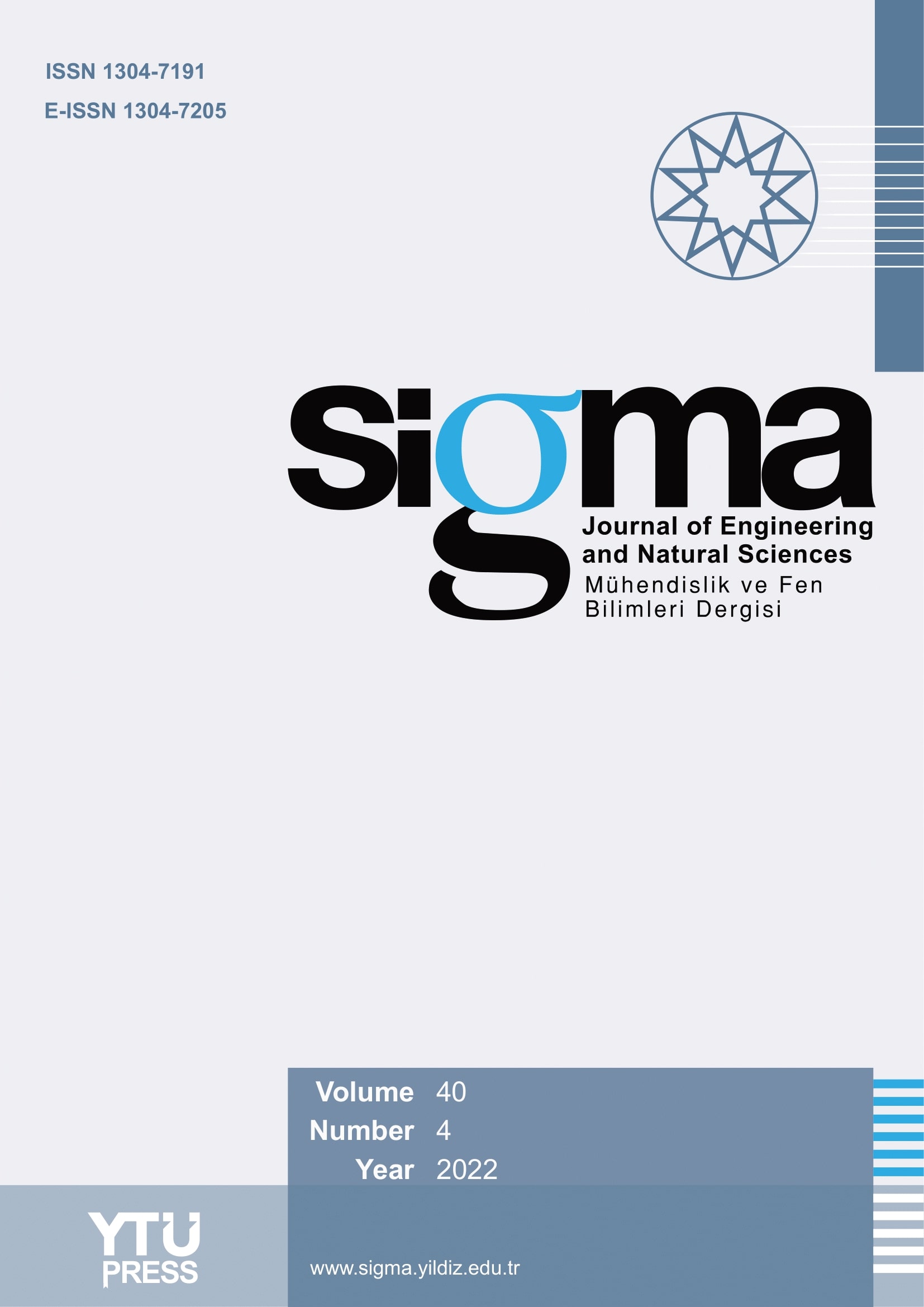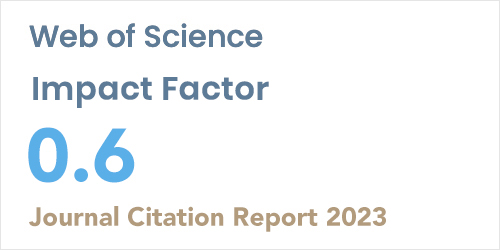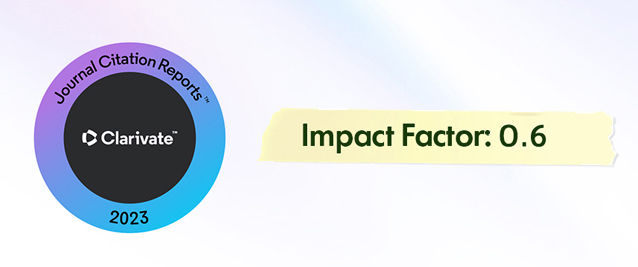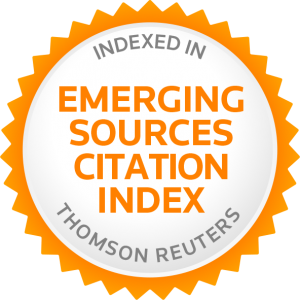Abstract
Biomaterials such as polylactide play a crucial role in tissue engineering by accelerating the structural and functional rejuvenation of damaged tissues. Polylactide is however, hydropho-bic and this has limited its use in soft tissue engineering as it prevents cell adhesion and pro-liferation. Tensile strength and strain at break of polylactide need to gradually degrade during wound healing to enhance cell adhesion. Polyethylene glycol has been used to improve the hydrophilicity of polylactide but In Vitro studies involving strength and ductility degradation of electrospun polylactide/ polyethylene glycol fibers under physiological conditions have not been investigated. Pellets of both polymers were dissolved in di-chloromethane in different polylactide/ polyethylene glycol rations of 80/20 and 60/40 (% wt. / wt.); the solution was elec-trospun into fiber mats. The samples were immersed in phosphate buffered saline/solution maintained at pH7.4 and 37oC for 8 weeks. Fourier Transform Infrared Spectroscopy informs that shifts in functional group wavenumbers with formation of additional peaks on 1906 and 2067 cm-1 in the electrospun fibers indicate degradation. There is an increase in average fiber diameter ranging from 1.07 to 13.04 µm, where addition of 40 wt. % polyethylene glycol pos-sesses the greatest magnitude. Weight loss result shows that polymer blends degrade faster than neat polylactide. Within 8 weeks, tensile strength of neat polylactide fiber degrades from 0.28 to 0.08 MPa while that for polylactide/ polyethylene glycol (80/20) fiber occurs from 0.31 to 0.08 MPa; degradation of polylactide/ polyethylene glycol (60/40) is evident as its tensile strength reduces from 0.27 MPa before immersion to 0.04 MPa after 8 weeks of immersion. Ductility reduction of 94 % occurs with polylactide blended with 40 wt. % polyethylene gly-col after 8 weeks while 70 and 50 % are lost for polylactide/ polyethylene glycol (80/20) and neat polylactide respectively. The performances of these fiber blends (in comparison with neat Polylactide fiber) inform that they can be good for wound dressing.














